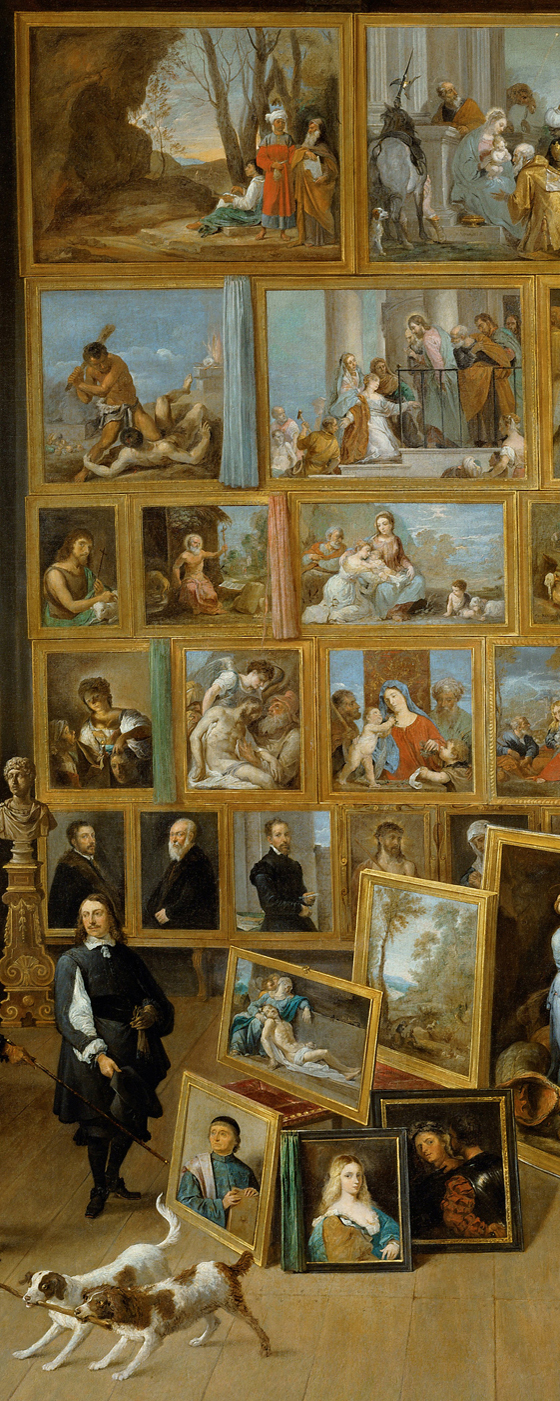Art History Course
THE HIDDEN LANGUAGE OF ART: Symbols and Allegories
.
Art has a language - a visual language. We often ask: "What does this painting say?" or "What is the artist telling us?"
Reading a figurative painting can, at first glance, appear straightforward. The more realistic the representation the more likely we are to take it at face value. However, paintings often employ a hidden language to add information.
Artists might want to communicate feelings, such as love, joy, or loss. Or, perhaps, concepts such as the passage of time, the elements, or the five senses. Or moral themes, such as virtues and vices, pride, triumph, or faith.
The language used to communicate non-visual information is a symbolic one; an iconography of animals, people, or objects. For example, a dove suggests peace, a pearl suggests purity. But we have to be cautious! Symbolic meanings can vary greatly according to context.
Attributes are emblems that identify characters, for example St. Catherine's wheel or Minerva's owl. They are particularly useful in paintings where most people wear togas - if anything at all!
In allegorical paintings artists often drew upon the gods and goddesses from classical mythology to personify natural phenomena or human traits.
Since the Renaissance several treaties on iconography have been produced for the academies. But there was always room for interpretation, imagination, and invention. Sadly, though, we have lost touch with this rich code during the past century, leaving us unable to enjoy art fully.
Join me to decipher hidden meanings - and to become a fluent reader of art's symbolic language.

